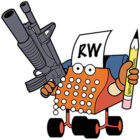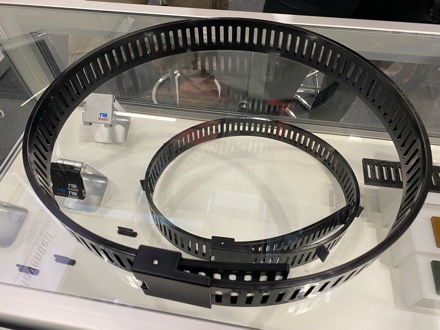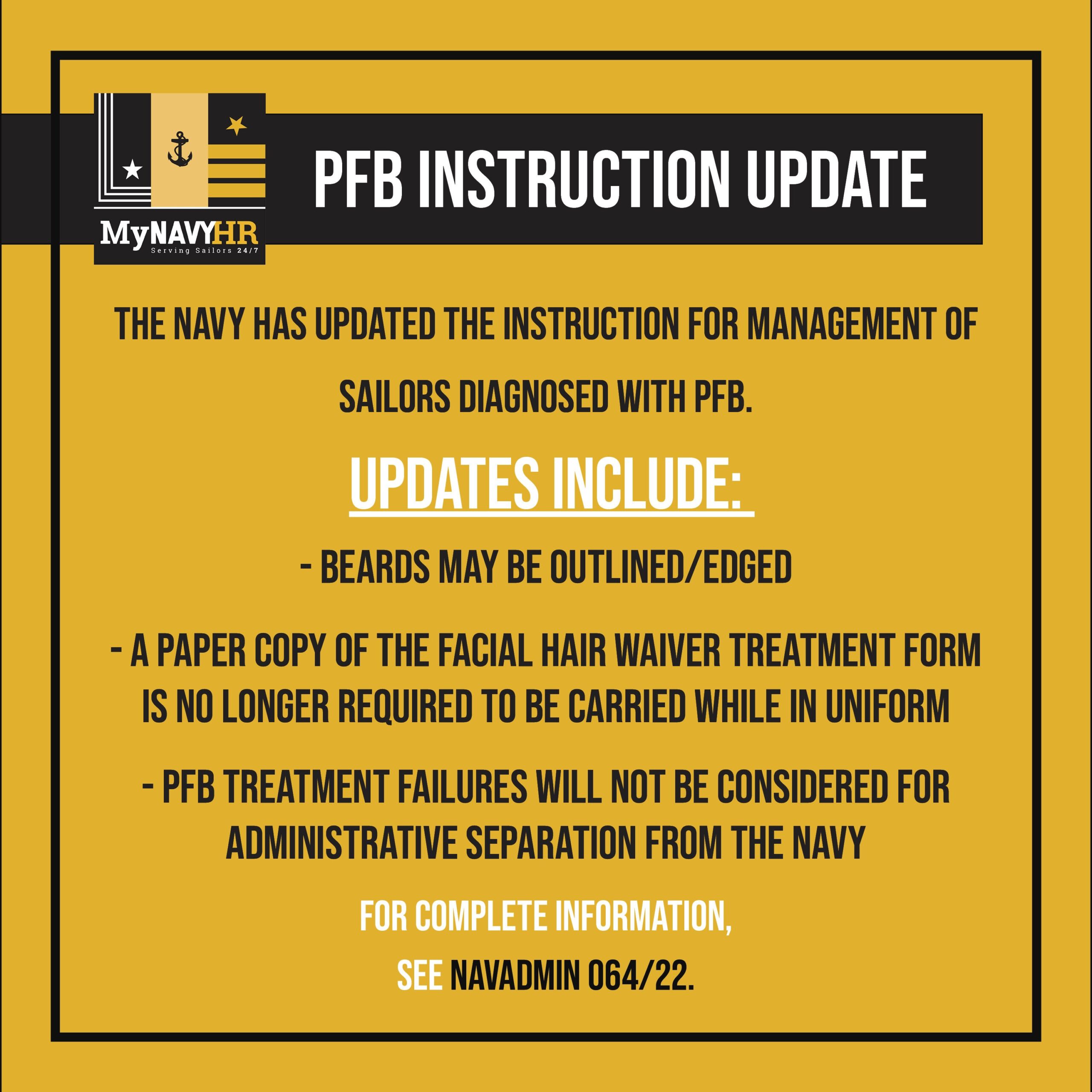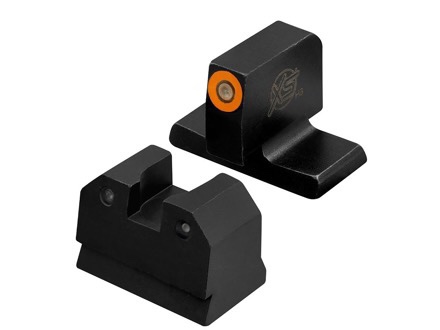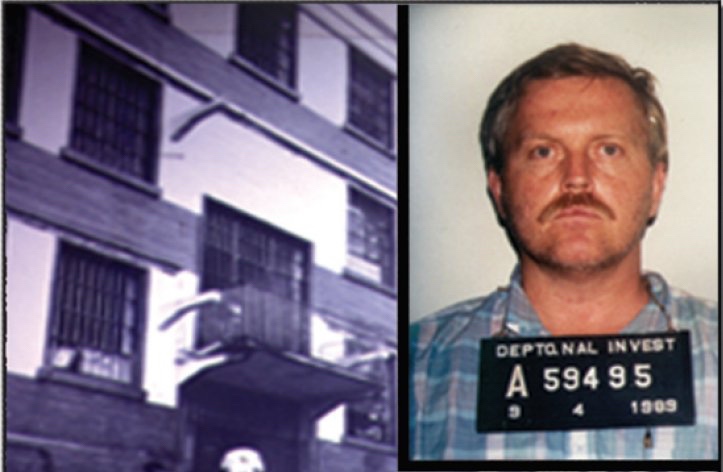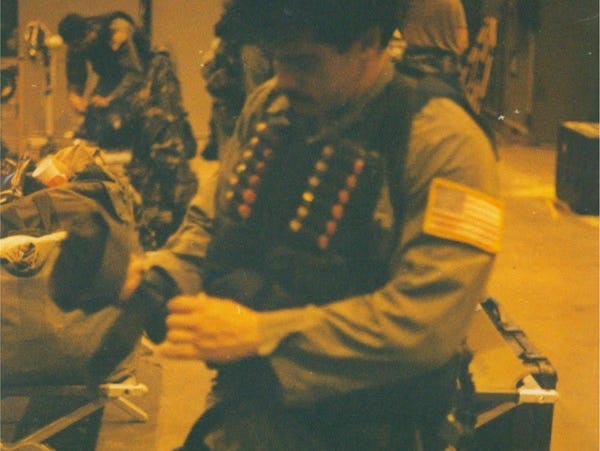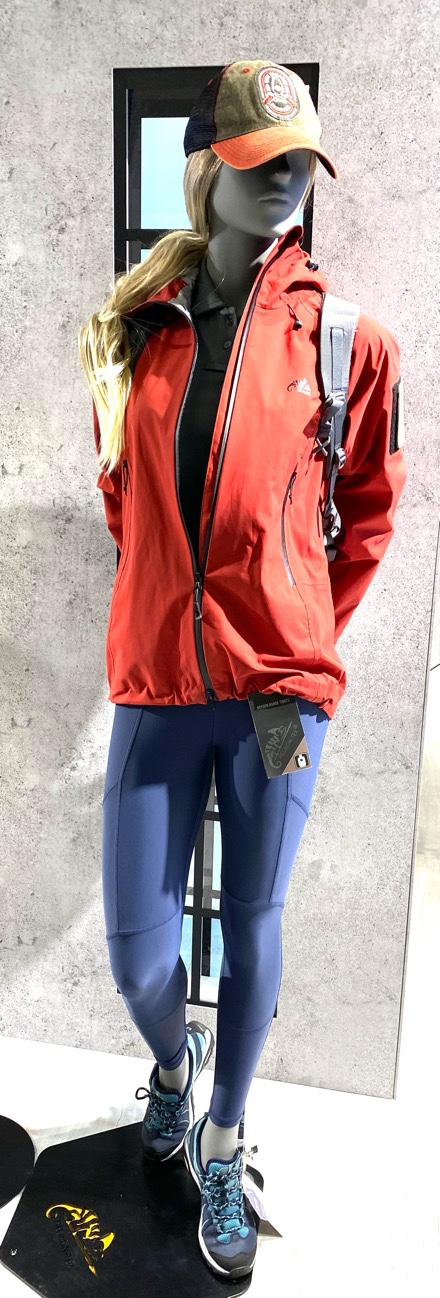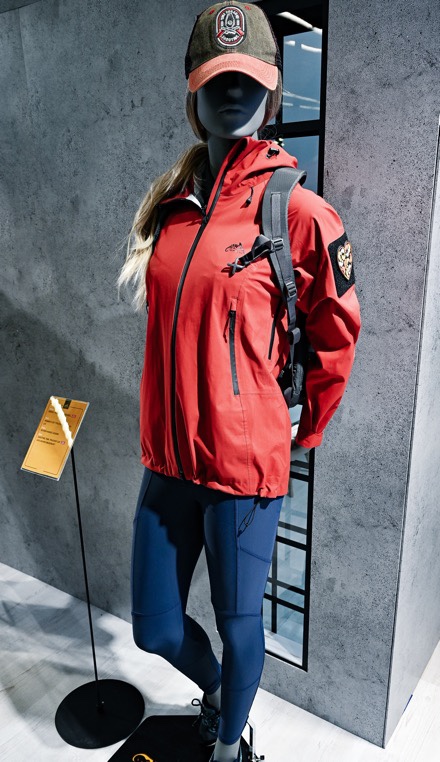Hamilton Montana-based 0241 Tactical will soon be taking orders for their next round of “Smock-lites” and “Tactical Operators Pullovers”. The most recent batch was spoken for almost immediately — which is why you should be watching for release announcements on their social media if you want one.
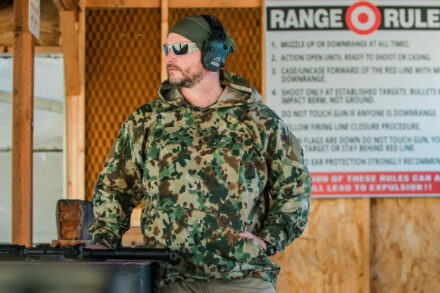
The process goes like this:
They take orders for 10 garments. Once orders for 10 jackets have been taken, they pause order availability until that run has been completed and shipped. Then the “books” are opened once more.
Why are sales of jackets only open periodically?
Such constraints are dictated by practical considerations of manpower vis-à-vis the wide array of possible camouflage pattern combinations (See below.)
0241 Tactical explains further,
“We are a small shop with limited production quantities. Allowing customers to choose features (colors, linings, etc.) requires a unique approach to how we sell jackets. To offer made-to-order Tactical Operator Pullovers and Smock-Lites in a wide variety of colors and patterns we needed to approach sales differently. We are forced to regulate the number of jackets ordered to the number of jackets shipped.
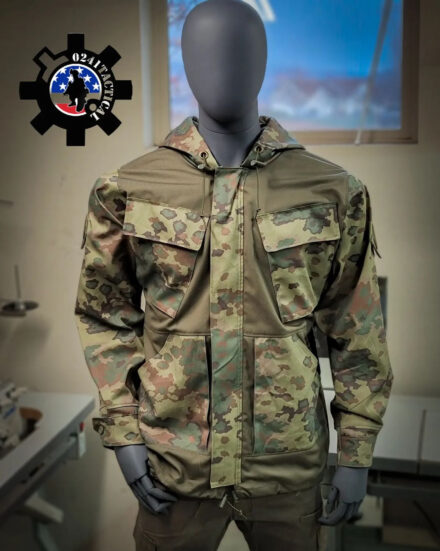
When a jacket is ordered it’s added to the bottom of the production list. When a jacket is shipped it is taken off the top of the list (the top of the list being the oldest order by date) and every order then moves up the list towards the top of the production list. When we open orders, they are added to the bottom but move up daily towards the top as each jacket ships moves the next jacket to the top.”
As you can see, it’s a constant rotation of new orders coming in once others go out, but in blocks of limited numbers.
Shop online here: www.0241tactical.com/s/shop; the jackets will not be accessible to browsing until they open those particular garments back up for order availability.
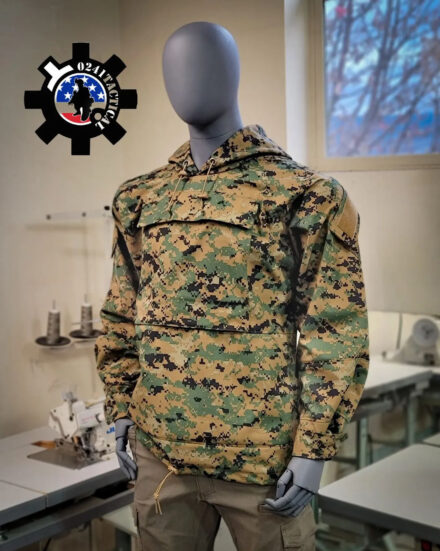
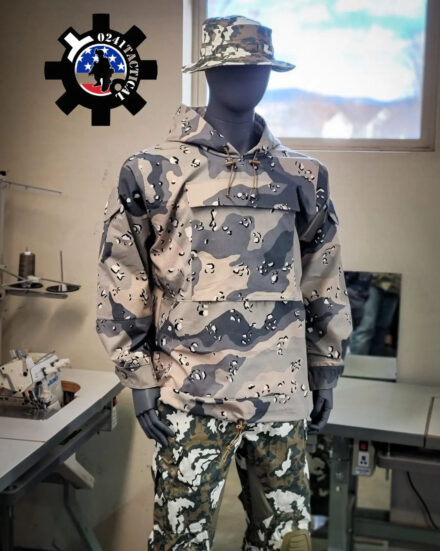
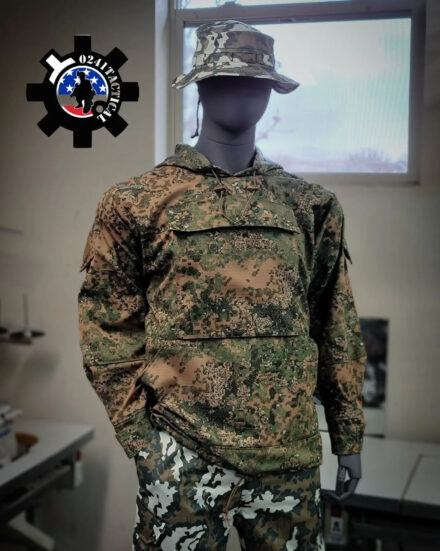
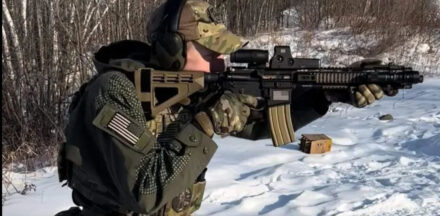
Why a smock?
The smock is literally a concept unlike anything we have in the US. I’ve heard them compared to the M65 field jacket but that idea is simply uninformed. A smock isn’t just a coat.
Rather, the smock is much more than a simple jacket. In addition to use as clothing, the smock is also intended to carry much, if not all of the wearer’s fighting load. They were originally envisioned to carry several days of combat equipment including rations, ammunition, and radios.
More at: Blast from the Past: the Story of Smocks.
As you can see, they have a wide variety of niche and typically hard-to-find patterns available. And these aren’t hte only ones available.
0241 Tactical Cammie Patterns

Some of the camo patterns available at 0241 Tactical.

DRW
